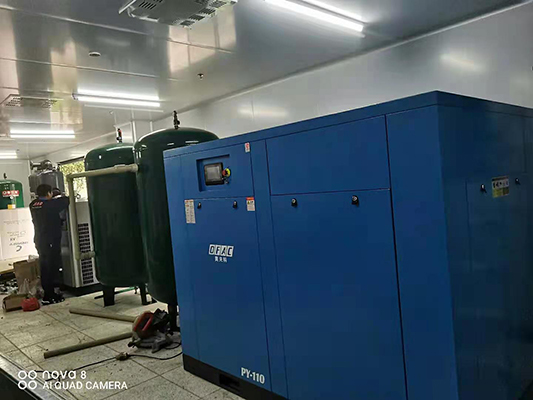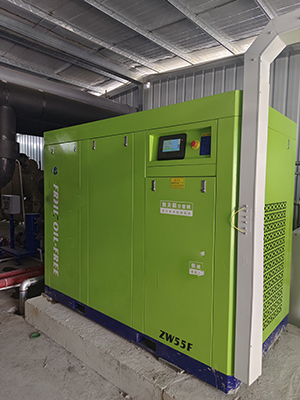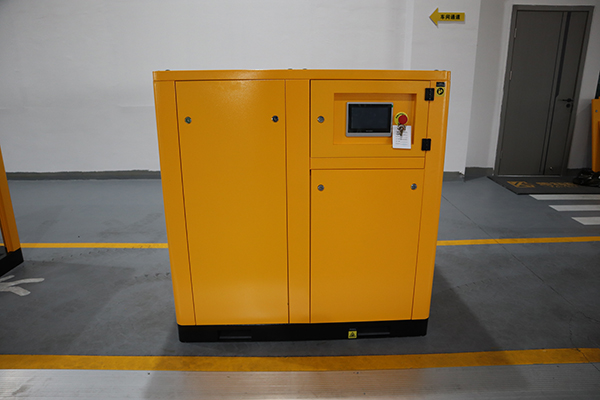medium pressure air compressor maintenance tips to extend service life and prevent air leakage
News 2025-10-24
Medium pressure air compressors are integral to industrial operations, providing compressed air for tasks such as powering tools in manufacturing, supporting pneumatic systems in automotive assembly, and facilitating processes in food and beverage production. These compressors, which typically operate between 100 and 150 psi, deliver key performance benefits including energy efficiency, consistent pressure delivery, and reduced noise levels compared to higher-pressure models. In industrial settings, reliable compressor performance is critical for minimizing downtime and ensuring product quality, making maintenance essential to prevent air leakage that can lead to energy loss, increased costs, and safety risks.

Routine Inspection Essentials
Conducting regular inspections forms the foundation of effective maintenance for medium pressure air compressors. Based on usage, schedule checks every few weeks or months to examine components like belts, hoses, and filters for signs of wear or damage. Monitoring pressure and temperature readings helps identify inefficiencies early, allowing operators to address issues before they escalate, thereby enhancing longevity and maintaining optimal efficiency in demanding industrial environments.
Lubrication and Component Care Techniques
Proper lubrication is vital for reducing friction and extending the life of moving parts in air compressors. Select the correct oil type as specified by the manufacturer and change it at recommended intervals to avoid overheating and component failure. Additionally, clean valves, pistons, and cooling systems regularly to remove debris, ensuring smooth operation and preventing performance degradation that could affect industrial processes reliant on consistent air supply.
Strategies for Leak Detection and Sealing
Preventing air leakage involves proactive detection and repair methods to sustain compressor efficiency. Use tools such as ultrasonic detectors or visual inspections with soapy water to pinpoint leaks in fittings and connections. After detection, apply high-quality sealants or replace worn parts immediately, and consider upgrading to durable components to minimize future risks, ultimately supporting energy savings and reliable performance in various applications.
Professional Maintenance and Operational Best Practices
Engaging professional services for periodic overhauls complements in-house efforts, uncovering issues that routine checks might miss. Train personnel on recognizing early warning signs, such as unusual vibrations or pressure drops, and follow manufacturer guidelines for updates and part replacements. This approach not only extends service life but also bolsters safety and efficiency, ensuring medium pressure air compressors continue to meet the rigorous demands of industrial use.


